Introduction: Ushering in a New Era of Medical Innovation with AlphaFold 3
Estimated reading time: 10 minutes
Key Takeaways
- AlphaFold 3 is a groundbreaking AI model developed by Google DeepMind and Isomorphic Labs.
- It revolutionizes drug discovery by accurately predicting complex biomolecular interactions.
- AlphaFold 3 surpasses previous models in predicting protein-protein, protein-nucleic acid, and protein-ligand interactions.
- The model significantly accelerates the drug discovery pipeline by reducing reliance on wet lab experiments.
- It promises to unlock new therapeutic targets and improve drug development timelines.
Table of contents
- Introduction: Ushering in a New Era of Medical Innovation with AlphaFold 3
- Key Takeaways
- The Genesis of Protein Structure Prediction: From Challenge to Breakthrough
- Introducing AlphaFold 3: A Paradigm Shift in Biomolecular Understanding
- AlphaFold 3’s Advancements in Structural Biology
- Revolutionizing Drug Discovery with AlphaFold 3
- Real-World Applications and Future Trajectories
- Concluding Thoughts: The Transformative Power of AI in Biomedical Science
The intricate dance of molecules within our cells, the very basis of life, has long been a frontier of scientific exploration. Understanding the three-dimensional shapes of proteins and how they interact with other biological molecules is fundamental to deciphering disease mechanisms and developing effective medicines. For decades, this pursuit was hampered by immense complexity and the limitations of experimental techniques. However, the advent of artificial intelligence has ushered in a new era, and at its forefront stands the **AlphaFold 3 AI model for drug discovery**, a revolutionary advancement poised to transform the landscape of pharmaceutical research and development.

This powerful AI model represents a significant leap forward, offering unprecedented insights into the molecular world. By accurately predicting the structures of complex biomolecular assemblies, AlphaFold 3 is set to accelerate the discovery of novel therapeutics and deepen our understanding of biological processes. Its capabilities extend far beyond its predecessors, promising to unlock new avenues for treating diseases that have long eluded effective therapies.
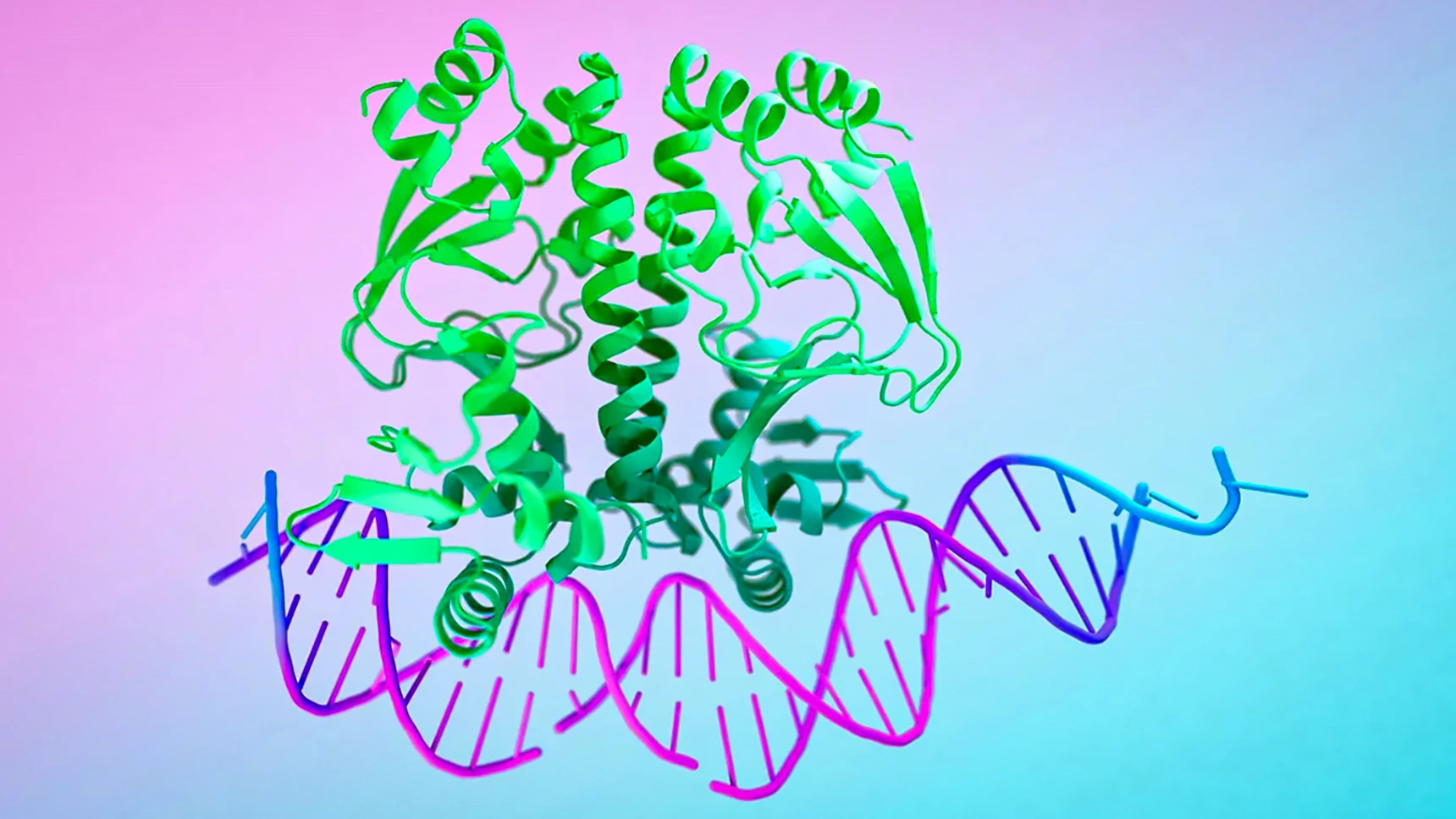
The journey to this breakthrough is a testament to the relentless pursuit of scientific knowledge. From the early challenges of protein structure prediction to the groundbreaking success of AlphaFold 2, the path has been paved with innovation. AlphaFold 3 builds upon this rich legacy, pushing the boundaries of what’s possible and offering a glimpse into a future where AI plays an increasingly vital role in improving human health.
This exploration will delve into the evolution of protein structure prediction, introduce the remarkable capabilities of AlphaFold 3, and illuminate its profound implications for drug discovery and the broader field of biomedical science. We will examine how this AI model is not just an incremental improvement but a paradigm shift, enabling scientists to tackle previously insurmountable challenges and pave the way for life-changing medical advancements.
The Genesis of Protein Structure Prediction: From Challenge to Breakthrough
For generations, scientists have grappled with one of biology’s most fundamental challenges: predicting the three-dimensional (3D) shape of a protein from its linear sequence of amino acids. This quest is not merely an academic exercise; the intricate, folded structure of a protein dictates its function. *Understanding this molecular architecture is akin to understanding the very machinery of life.*
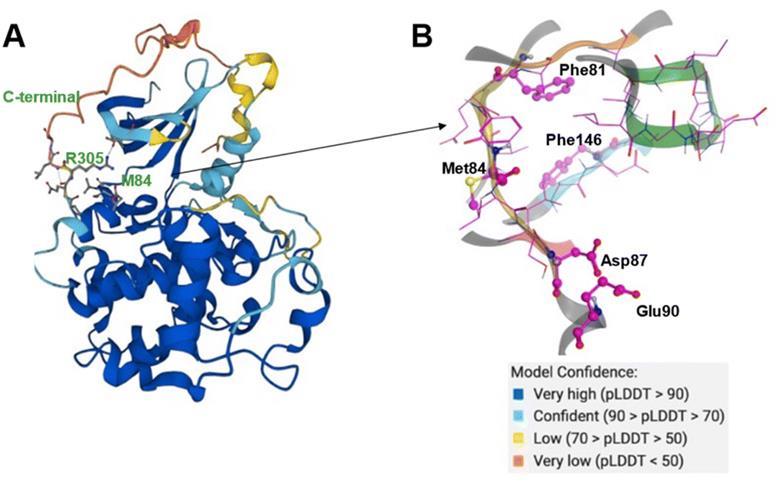
Historically, determining protein structures relied heavily on experimental methods like X-ray crystallography and cryo-electron microscopy. While these techniques have yielded invaluable insights, they are often laborious, expensive, and can be unsuccessful for certain proteins or complexes. The sheer scale of the proteome—the complete set of proteins produced by an organism—meant that experimental structure determination could only scratch the surface.
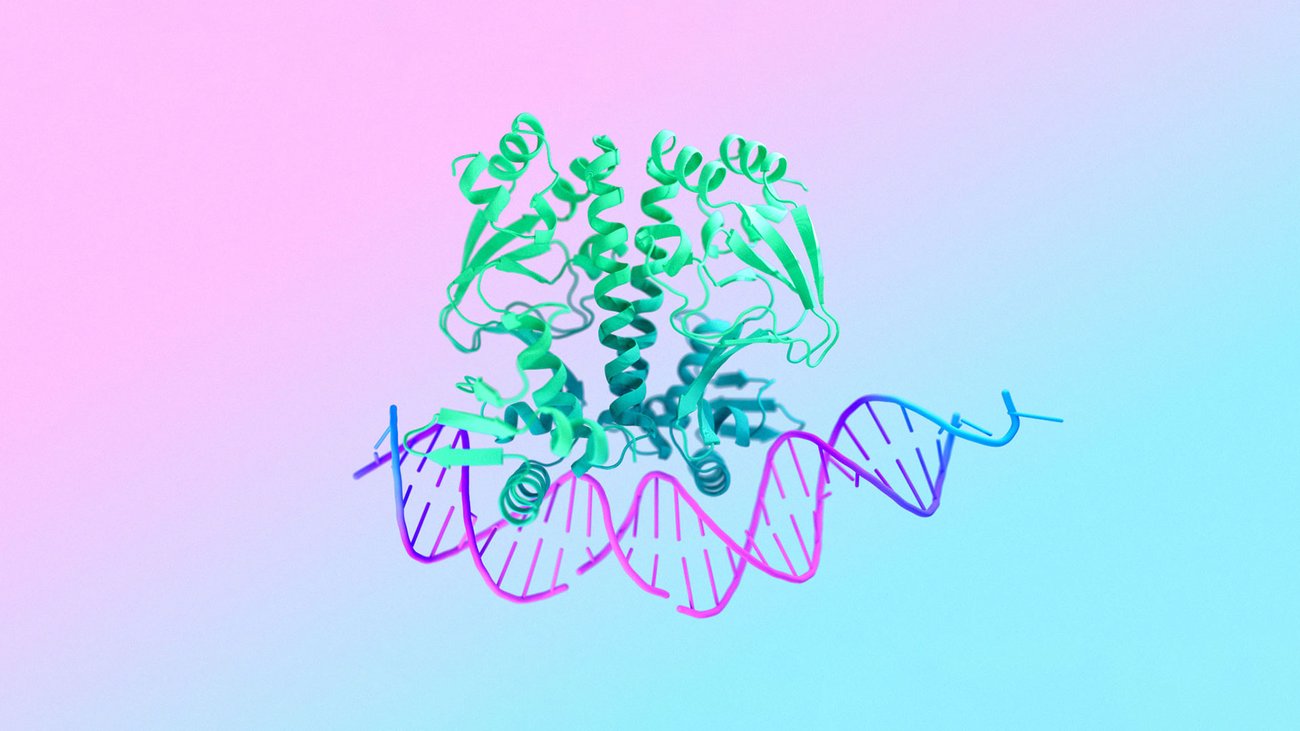
The landscape of protein structure prediction underwent a seismic shift with the advent of **Google DeepMind protein folding breakthrough**. DeepMind’s AlphaFold, particularly AlphaFold 2, demonstrated an astonishing ability to predict protein structures with remarkable accuracy, often rivaling experimental methods. This AI model leveraged deep learning techniques to learn the complex relationships between amino acid sequences and their corresponding 3D structures from vast datasets. AlphaFold 2’s success was a watershed moment, solving a grand challenge in biology and opening up new avenues for research.
However, even this groundbreaking achievement had limitations. AlphaFold 2 primarily focused on predicting the structures of individual protein chains. While it showed modest abilities in modeling larger complexes or interactions with other biomolecules, its primary strength lay in single-protein folding (source: https://www.prescouter.com/2024/05/alphafold-3/). *The biological world, however, is rarely about isolated components; it’s about intricate networks of interactions.* Proteins rarely function alone; they work in concert with other proteins, DNA, RNA, and small molecules like drugs. Therefore, the next frontier in AI-driven structural biology was to accurately model these complex, multi-component interactions.
This historical context is crucial for understanding the significance of AlphaFold 3. It represents not just an iteration but an evolution, driven by the necessity to move beyond single protein predictions and embrace the holistic, interactive nature of biological systems. The groundwork laid by previous advancements made the development of a model capable of predicting these complex interactions possible, paving the way for a more comprehensive understanding of cellular processes and the development of more targeted therapies.
Introducing AlphaFold 3: A Paradigm Shift in Biomolecular Understanding
Building on the monumental success of its predecessors, Google DeepMind, in collaboration with Isomorphic Labs, has unveiled **AlphaFold 3** (source: https://www.labiotech.eu/in-depth/alpha-fold-3-drug-discovery/; https://blog.google/technology/ai/google-deepmind-isomorphic-alphafold-3-ai-model/). This next-generation AI model represents a truly transformative leap in our ability to understand the molecular underpinnings of life. *AlphaFold 3 moves beyond predicting single protein structures to accurately modeling the intricate architectures of complex biomolecular assemblies.*

What sets AlphaFold 3 apart is its expanded scope. It can now predict the structures of a wide array of biomolecular interactions with unprecedented accuracy. This includes interactions between:
- Proteins and other proteins (protein–protein interactions)
- Proteins and nucleic acids like DNA and RNA (protein–nucleic acid interactions)
- Proteins and small molecules such as ligands and drugs (protein–small molecule interactions)
This expanded capability is a direct response to the need for a more holistic view of biological processes. *Most biological functions and disease mechanisms arise from the interplay between different molecules, not from isolated components.* By accurately capturing these interactions, AlphaFold 3 provides a much richer and more relevant picture of cellular machinery.

The technical advancements driving AlphaFold 3 are substantial. The model features an upgraded Evoformer deep learning architecture, which is adept at processing sequential and spatial information. Crucially, it incorporates a novel diffusion-based prediction system. This innovative approach allows AlphaFold 3 to *jointly assemble the atomic structures of diverse biomolecular complexes*, treating all components of the system—proteins, DNA, RNA, and ligands—simultaneously. This holistic approach is key to its enhanced accuracy (source: https://blog.google/technology/ai/google-deepmind-isomorphic-alphafold-3-ai-model/).
The development of **Isomorphic Labs new AI model** is intrinsically linked to AlphaFold 3, highlighting the company’s commitment to leveraging this technology for commercial applications, particularly in drug development (source: https://www.nature.com/articles/d41586-025-00868-9). Isomorphic Labs aims to translate these AI-driven structural insights into tangible therapeutic solutions, accelerating the discovery and design of new medicines.
In essence, AlphaFold 3 is not just an incremental improvement; it’s a paradigm shift. It democratizes access to high-resolution structural information for complex biological systems, empowering researchers worldwide to explore biological mechanisms and design drugs with greater speed and precision.
AlphaFold 3’s Advancements in Structural Biology
AlphaFold 3 represents a monumental stride in **AI advancements in structural biology**, providing researchers with unprecedented accuracy in predicting and visualizing complex molecular interactions. The model’s ability to model various types of biomolecular assemblies, as discussed earlier, is a significant enhancement over its predecessors, which were primarily focused on single protein structures.

Internal benchmarks reveal the extraordinary power of AlphaFold 3. Google DeepMind reports that its predictions for molecular interactions *“surpass the accuracy of all existing systems,”* outperforming even sophisticated, physics-based simulation tools (source: https://www.labiotech.eu/in-depth/alpha-fold-3-drug-discovery/; https://blog.google/technology/ai/google-deepmind-isomorphic-alphafold-3-ai-model/). This claim is particularly significant because physics-based simulations have long been considered the gold standard for predicting molecular behavior, albeit computationally intensive and often limited in scope.
The implications of this enhanced accuracy are profound. For instance, accurately modeling how a small molecule, such as a potential drug, binds to a target protein is critical for designing effective therapeutics. AlphaFold 3’s ability to predict these protein-ligand interactions with high fidelity means that scientists can now explore potential drug candidates and their binding sites with much greater confidence and speed.

Similarly, understanding how proteins interact with DNA or RNA is vital for researching gene regulation, viral infections, and genetic diseases. AlphaFold 3’s capacity to accurately predict these protein-nucleic acid interactions opens up new avenues for research into these complex biological processes. By providing a clearer picture of these intricate biological mechanisms, AlphaFold 3 enables a deeper understanding of cellular functions, disease pathogenesis, and the molecular targets for therapeutic intervention.
*This leap in accuracy and scope means that researchers can now ask more complex biological questions and receive reliable answers.* They can investigate protein complexes involved in signaling pathways, model the interactions of antibodies with antigens, or predict how a mutation might affect protein binding. These insights are invaluable for fundamental research and for translating that knowledge into practical applications, such as developing new diagnostics or therapies.
In essence, AlphaFold 3 acts as a powerful computational microscope, allowing scientists to visualize and understand molecular interactions that were previously difficult or impossible to study experimentally. This capability accelerates the pace of discovery in structural biology, pushing the boundaries of our knowledge and paving the way for future innovations in medicine and beyond.
Revolutionizing Drug Discovery with AlphaFold 3
The most immediate and profound impact of AlphaFold 3 is its potential to revolutionize the **AlphaFold 3 AI model for drug discovery**. The traditional drug discovery pipeline is notoriously long, expensive, and fraught with high failure rates. AlphaFold 3 offers a powerful solution to many of these challenges by significantly accelerating key stages of the process.
At its core, drug discovery involves identifying a biological target (often a protein) associated with a disease and then designing a molecule (a drug candidate) that can interact with this target to produce a therapeutic effect. *Accurately predicting how potential drug candidates interact with their protein targets, DNA, or RNA is paramount.* Traditionally, this required extensive and costly wet lab experiments, including synthesis and testing of numerous compounds. AlphaFold 3 dramatically reduces the reliance on these laborious processes.
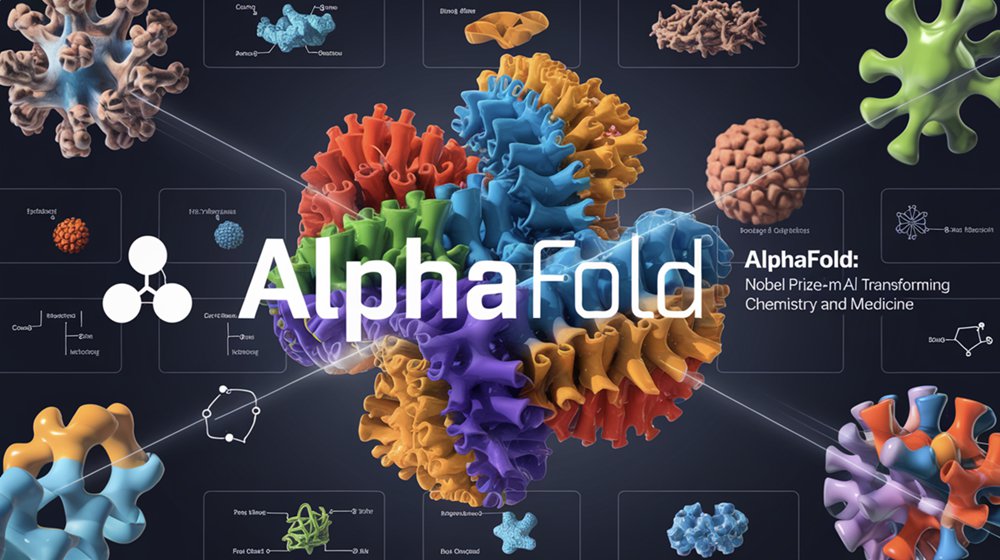
Scientists can now leverage AlphaFold 3 to rapidly and accurately predict the binding affinity and mode of interaction between a drug candidate and its target. This allows for the *in silico* screening of vast libraries of potential molecules, identifying promising candidates much earlier and with greater confidence. This predictive power directly translates to faster timelines and reduced costs in the preclinical stages of drug development (source: https://www.labiotech.eu/in-depth/alpha-fold-3-drug-discovery/; https://www.prescouter.com/2024/05/alphafold-3/).
Furthermore, AlphaFold 3 enables the identification of *new and previously intractable drug targets*. Many diseases, particularly those involving complex cellular machinery like cancer or genetic disorders, are driven by intricate protein–protein or protein–nucleic acid interactions. These interactions are often dynamic and difficult to study experimentally. AlphaFold 3’s ability to accurately model these complex relationships can reveal critical intervention points that were previously hidden (source: https://www.labiotech.eu/in-depth/alpha-fold-3-drug-discovery/; https://www.prescouter.com/2024/05/alphafold-3/). By understanding these interactions, researchers can design drugs that precisely modulate these pathways.

The model also aids in the crucial task of *anticipating drug metabolism, bioavailability, and toxicity* early in the development process. The way a drug is absorbed, distributed, metabolized, and excreted by the body (pharmacokinetics) and its potential to cause harm (toxicity) are critical factors that often lead to late-stage failures. By predicting how a drug candidate interacts with various biological molecules, including metabolic enzymes, AlphaFold 3 can help researchers gain early insights into these properties. This allows for the swift elimination of unsuitable candidates and the optimization of promising ones, thereby accelerating overall development timelines (source: https://www.prescouter.com/2024/05/alphafold-3/).
The **impact of AlphaFold 3 on medicine** is potentially transformative. It promises to accelerate the development of novel therapeutics for a wide range of conditions, from rare genetic diseases to common ailments like cancer and infectious diseases. By providing a powerful, AI-driven platform for molecular design and understanding, AlphaFold 3 is set to become an indispensable tool for pharmaceutical researchers, ushering in an era of more efficient, targeted, and effective drug discovery.
Real-World Applications and Future Trajectories
The theoretical power of AlphaFold 3 translates into tangible, real-world applications that are already beginning to shape the future of medicine. Imagine researchers developing a new antiviral drug. Instead of painstakingly testing thousands of compounds in labs, they could use AlphaFold 3 to predict how potential drug molecules bind to the spike protein of a virus, identifying the most effective inhibitors in silico. *This dramatically speeds up the initial stages of drug discovery, allowing scientists to focus resources on the most promising candidates.*

Similarly, for diseases like cancer, where complex protein signaling pathways are often dysregulated, AlphaFold 3 can help identify novel targets and design drugs that precisely interrupt these aberrant pathways. For example, a researcher studying a specific kinase involved in tumor growth could use AlphaFold 3 to predict how different small molecules interact with its active site, potentially leading to the discovery of a new targeted cancer therapy.
One of the most exciting aspects of AlphaFold 3 is its potential to **democratize advanced drug discovery**. Historically, cutting-edge research in structural biology and drug development required massive infrastructure and significant funding, often limiting participation to large pharmaceutical companies or well-funded academic institutions. By providing a highly accurate and accessible AI tool, AlphaFold 3 can lower the barrier to entry for smaller research labs and biotech startups. This fosters broader innovation, allowing more diverse perspectives and creative approaches to tackle complex health challenges (source: https://www.labiotech.eu/in-depth/alpha-fold-3-drug-discovery/).
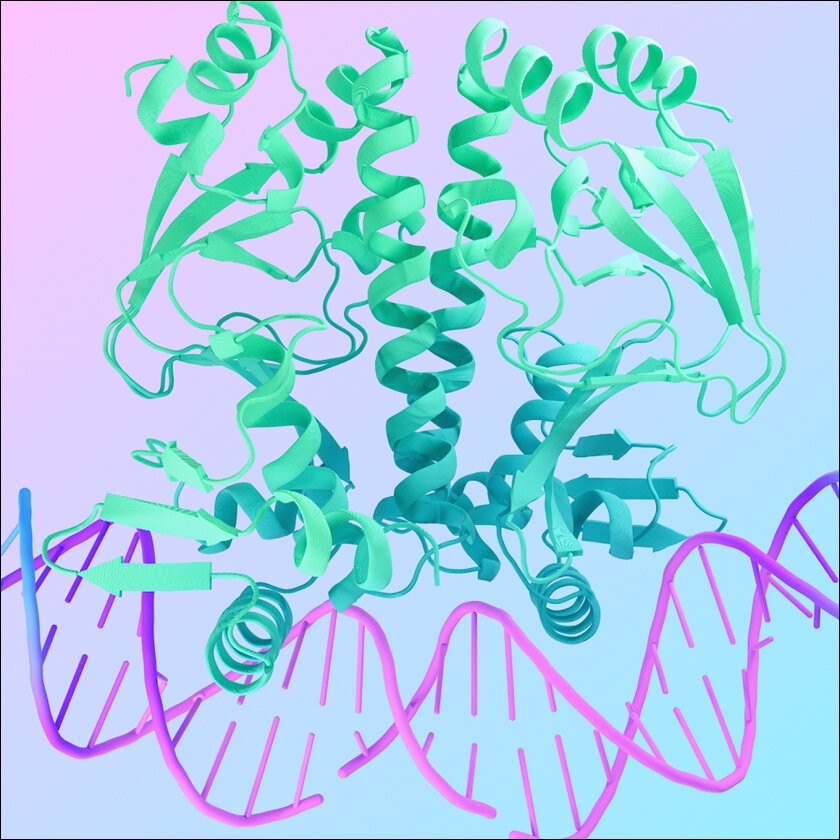
The collaborative efforts between Isomorphic Labs and major pharmaceutical companies underscore the commercial significance and practical application of AlphaFold 3. These partnerships aim to leverage the model’s predictive power to accelerate drug development pipelines for a range of therapeutic areas, demonstrating a clear path from AI innovation to patient benefit (source: https://www.nature.com/articles/d41586-025-00868-9). However, like any advanced technology, challenges remain. The accuracy of AlphaFold 3, particularly for novel drug-like molecules or complex biological contexts, can benefit from further refinement. *Access to proprietary experimental protein-drug structures is crucial for this ongoing refinement process*, especially for molecules that deviate from known chemical space (source: https://www.nature.com/articles/d41586-025-00868-9).
Looking ahead, the integration of AlphaFold 3 into drug discovery workflows is set to become standard practice. Beyond drug discovery, its applications could extend to understanding protein engineering for industrial enzymes, designing novel biomaterials, and even unraveling the mechanisms of complex biological systems for fundamental research. *The future trajectories are vast, promising a paradigm shift in how we approach biological problems at the molecular level.*
It is also imperative to consider the emerging ethical considerations and challenges associated with advanced AI in medicine. As AI models like AlphaFold 3 become more integrated into scientific research and healthcare, issues related to data sharing, model transparency, and the oversight of AI-driven decisions in healthcare require careful governance (source: https://www.labiotech.eu/in-depth/alpha-fold-3-drug-discovery/; https://www.nature.com/articles/d41586-025-00868-9). Ensuring responsible development and deployment will be key to harnessing the full potential of these powerful tools while mitigating risks and fostering public trust.
Concluding Thoughts: The Transformative Power of AI in Biomedical Science
AlphaFold 3 stands as a beacon of innovation, marking a significant turning point in biomedical science. We have explored its journey from the fundamental challenge of protein structure prediction to its current revolutionary capabilities. This **AlphaFold 3 AI model for drug discovery** is not merely an incremental step; it is a quantum leap that redefines what is possible in understanding and manipulating biological systems.

The model’s ability to accurately predict complex biomolecular interactions—protein-protein, protein-nucleic acid, and protein-ligand—sets a new benchmark for AI in structural biology. *It empowers researchers with unprecedented insights, accelerating the pace of discovery and enabling the tackling of previously intractable biological problems.* AlphaFold 3 is more than just a tool; it is a catalyst for scientific progress, a key that unlocks the complex language of life and expedites the innovation pipeline for novel therapeutics (source: https://www.labiotech.eu/in-depth/alpha-fold-3-drug-discovery/; https://blog.google/technology/ai/google-deepmind-isomorphic-alphafold-3-ai-model/).
As we look to the future, the evolution of AI in medicine continues its relentless march. Breakthroughs like AlphaFold 3 are indicative of a broader trend where AI is fundamentally reshaping numerous sectors, including healthcare. The ongoing advancements in AI, as exemplified by AlphaFold 3, underscore the transformative power of **how AI is changing the world**, impacting everything from fundamental research to our daily lives (source: https://www.penbrief.com/how-ai-is-changing-the-world).

The development of sophisticated AI models like AlphaFold 3 also aligns with the broader exploration of **10 Cutting Edge AI Technologies Shaping the Future**. These technologies are not only pushing the boundaries of scientific research but are also paving the way for entirely new industries and solutions to global challenges (source: https://www.penbrief.com/10-cutting-edge-ai-technologies-shaping-the-future). The progress in **AI advancements in structural biology**, driven by models like AlphaFold 3, exemplifies this, constantly expanding the frontiers of what we can achieve in scientific inquiry (source: https://www.penbrief.com/10-cutting-edge-ai-technologies-shaping-the-future).
Embracing these advancements responsibly, with a keen eye on ethical considerations and robust governance, will be crucial. The potential for AI to revolutionize healthcare is immense, promising faster drug development, more personalized treatments, and a deeper understanding of human health and disease. AlphaFold 3 is a powerful testament to this potential, heralding an exciting new chapter in our quest for better health and well-being for all.
The continued exploration of **revolutionary AI medical breakthroughs** promises to further transform healthcare, making it more efficient, effective, and accessible (source: https://www.penbrief.com/revolutionary-ai-medical-breakthroughs-healthcare).




